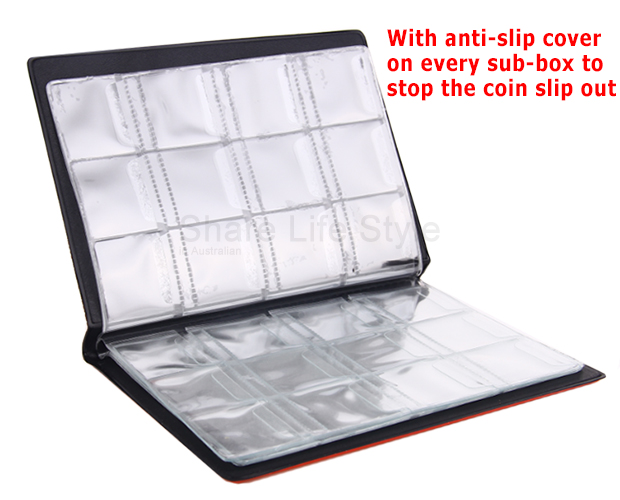Living within a mile of a popular Florida beach, I started water hunting in 1970 with an interest in finding gold and silver jewelry as well as adding American and foreign coins to my collection. Water metal detecting is a science and not always an easy adventure, but it can be very rewarding. I use the word POP to guide my water detecting pursuits. One must be patient, observant, and persistent to meet with success in building a coin collection by water hunting with a metal detector. Mother nature can throw some big curve balls and the factors of winds, tides and currents change the beach by keeping the sand on the move continually. The average person will not notice these changes but the earnest water hunter must train their eyes and be patient, observant and persistent.
Collecting world coins requires a great deal of research on the subject. You can find coin collecting books and guides that will help you get started. There are a great number of world coins that are available for purchase. Pennies from each country are widely circulated. These may be of value to someone who wants to get as many world pennies as they can, but a someone serious about collecting world coins may not want to waste their time with pennies. Don’t get me wrong, there are pennies that are worth more money than others. Most investors with an interest in foreign pennies usually are interested in them for more than just monetary value.

When you begin to collect your coins you will discover a whole new adventure is waiting for you. You will learn about the culture that inspired the coins. Many countries minted coins each time there was a new ruler in the land. You will learn about these rulers and about their reign in the country. Kings and Queens have coins that are dedicated to them with a likeness struck on the coins of their era.
To learn about the values of our old coins (as if we would ever want to sell them!) my family uses The Official Red Book: A Guide Book of United States Coins, because it’s easy to read and the information is very nicely organized. Coin books also teach about coin values so that before you go on a coin shopping trip, you will know what you should spend on a 1922 Buffalo nickel or some other treasure for your collection.
The point grade for these types of coins varies between 50, 55 or 58. It is very important for the coin collectors to be aware of the locations of the high points in a specific coin. An almost uncirculated coin is separated from the mint state coins by comparing the difference of the light reflected in other parts of the coin to the high points.
The 2x2s are for the better grades while the tubes hold the coins that just haven’t made it yet. Tracking the numbers is updated on a spreadsheet so I know what is needed versus what there is too many of. Yes, I admit that having fifteen 1964 uncirculated cents or twelve 1953s wheats may be without good cause.
Gold glitters, is glamourous and its high intrinsic value makes it extremely appealing to numismatimists everywhere. However, the four key factors in determining value and investment potential are rarity, quality, supply and demand. When coins are judged according to these standards, gold is not all that glitters. As a collector, our decision to invest should not be made in relation to a coin’s metallic composition or its intrinsic value.
The quality of the coins gets diminished by the marks of finger. So, coin-collectors who are serious about their hobby use gloves meant for surgical purposes and pads made of velvet for coin-handling.
